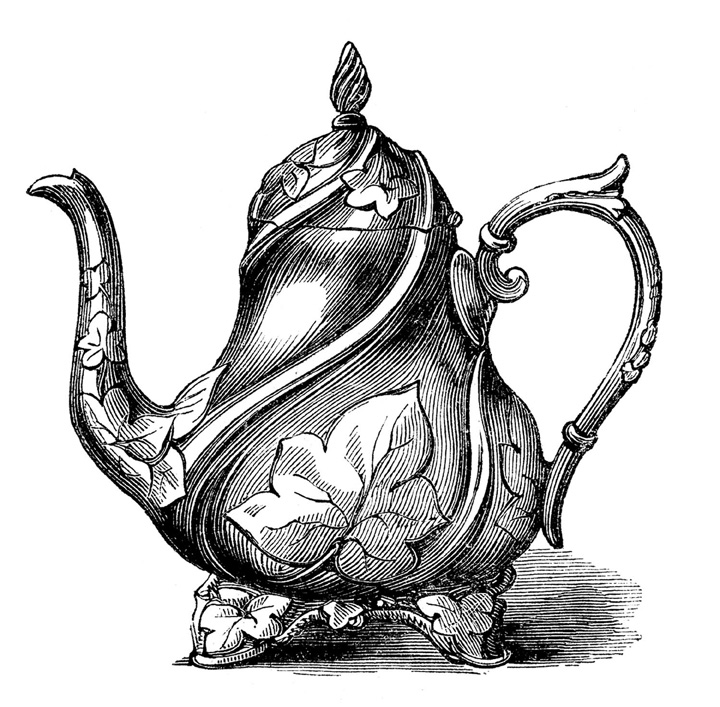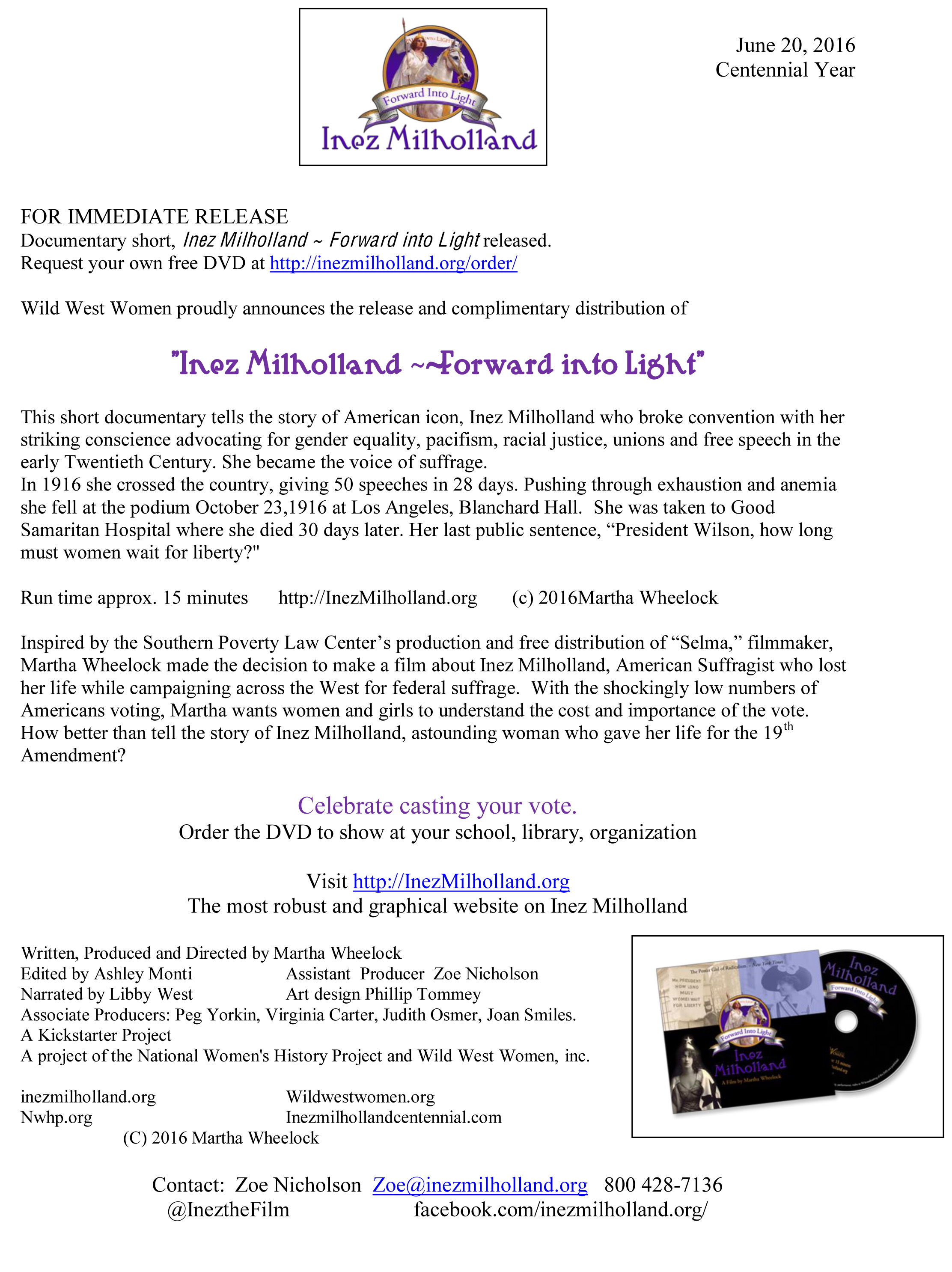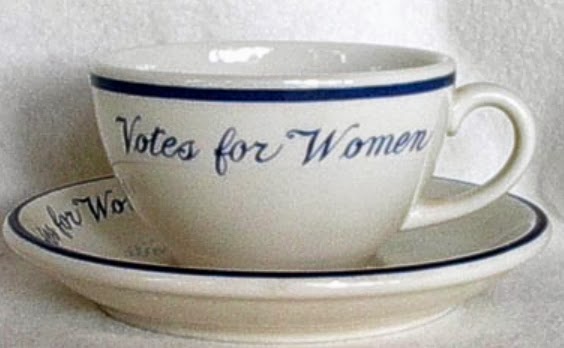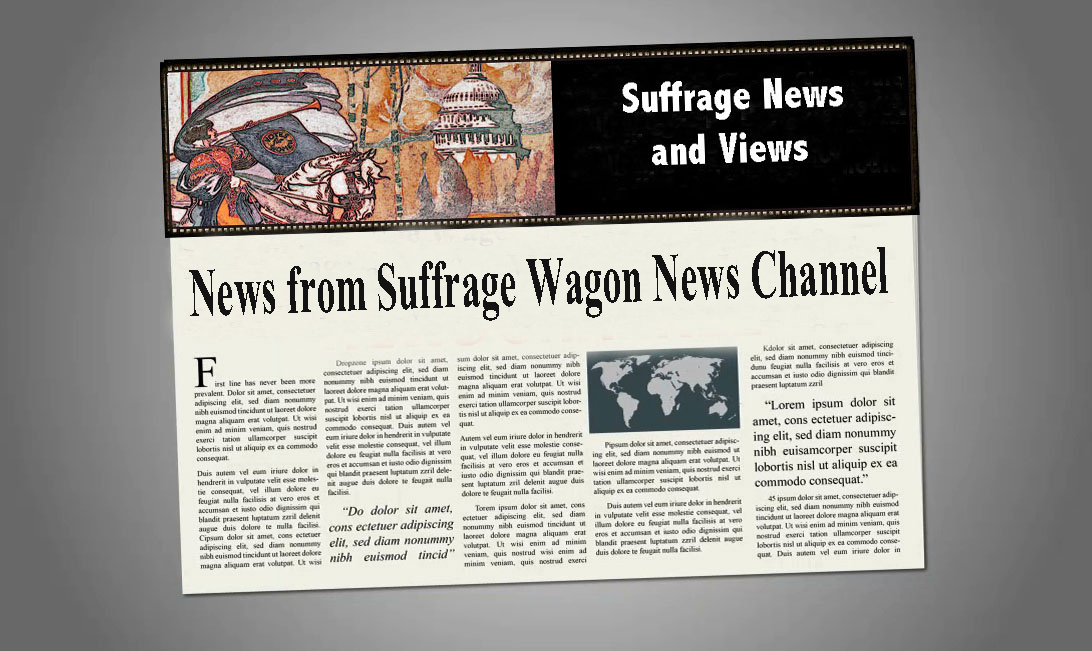“The Grated Door” was the tea room for the National Woman’s Party.
The selection below is from The Story of The Woman’s Party by Inez Haynes Irwin. 1921. LINK.
“Alice Paul’s office, which is on the second floor, was done in purple and gold; the woodwork of gold, the furniture upholstered in purple velvet. Later, a large room, originally a stable at the rear of the first floor, was transformed into a tea room. Vivian Pierce had charge of the decorations here; and she made it very attractive. The brick walls were painted yellow, the tables and chairs black. The windows and doors were all enclosed in flat frames of brilliant chintz, of which the background was black, but the dominating note blue. The many hanging lights were swathed in yellow silk.
“The tea room rapidly became very popular in Washington; and, as rapidly, became one of the most interesting places in the city. Visitors of many distinguished kinds came there in preference to the larger restaurants or hotels. They knew the members of The Woman’s Party who lived in the house, and they gradually came to know the habitues of the tea room. At meals, separated parties were always coalescing into one big party. People wandered from table to table. There was an air of comradeship and sympathy. Afterwards, groups often went up the little flight of stairs which leads to the ballroom, and sitting before the fire in the huge fireplace, drank their after-dinner coffee together. These talks sometimes lasted until midnight.
“All about and from the offices that ran beside the ballroom sounded the click of typewriters — some one counted twenty-four typewriters in the house once. Everywhere, you ran into busy, business-like stenographers with papers in their hands, proceeding from one office to another. If it were lunch time, or dinner time, pairs of young girls, with their arms around each other’s waists, chattering busily, were making their way to the tea room. At night, the big ballroom was filled with groups reading magazines at the big (and priceless) tables; or talking over the events of the day.
“Late at night, the discussions still went on. Upstairs, they followed each other from bedroom to bedroom, still arguing, still comparing notes, still making suggestions in regard to a hundred things : organizing, lobbying, personal appeal to political leaders, et caetera, ad infinitum. The huge, four-poster bed — big enough for royalty — in Mrs. Lawrence Lewis’s room was the scene — with ardent pickets sitting all over it — of many a discussion that threatened to prolong itself until dawn.”
If you liked this special feature, subscribe to Suffrage Wagon.





0 Comments